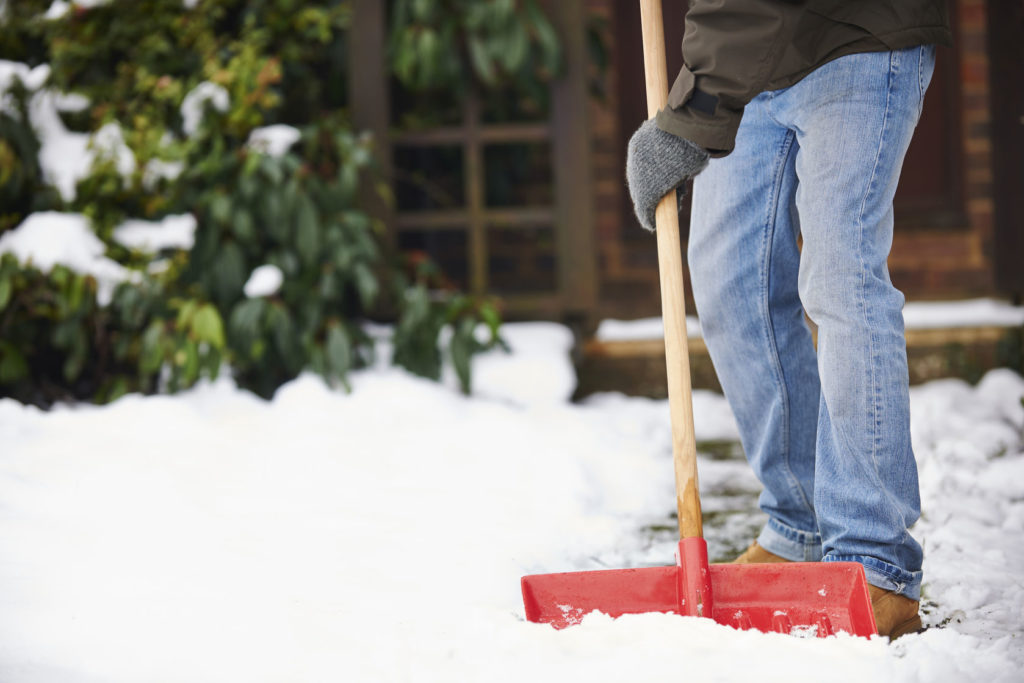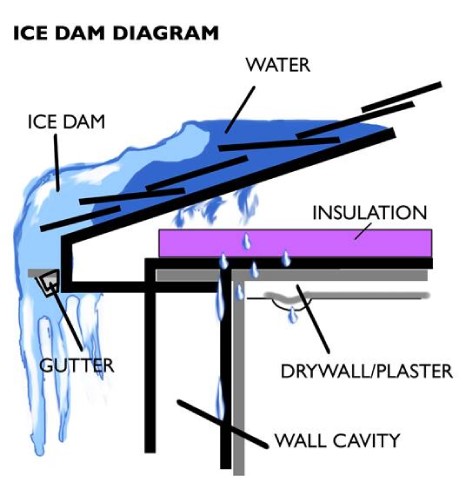How to Protect Your Home During Extreme Winter Storms

Living in the Pacific Northwest, it’s not uncommon to have a few extreme winter storms each year. When this happens, homeowners and renters alike, may want to take precautions to protect their families and their homes. By taking action early, and continually throughout the duration of the storm, you can help reduce the occurrence of winter risks, from things like frozen pipes, water damage, or even a roof collapse.
Here are some tips from our Customer Care experts that can help you avoid common winter hazards and stay safer this season.
1.Prevent Ice Dams

Ice dams form on the edge of your roof when snow melts, and in turn runs down your roof and refreezes near the edge. This causes water from the melted snow to pool on your roof. This mostly occurs when part of your roof warms to above 32 degrees F, warm enough to melt the snow, while the roof edge remains below freezing. Ice dams may cause damage to the roof, and result in water leaks inside the home.
Removing snow and icicles from the roof prevents ice dams. You can remove snow from your roof after heavy snowfall with a roof rake, purchased from your local hardware store. When raking the snow from your roof, we recommend removing it up to 5 feet from the edge, this will help the rest of the snow, on the roof, come down naturally.
It is highly recommended, for your safety, that you contact a local roofing company to conduct your roof’s snow removal.
2. Clear Snow Away from Your Home’s Foundation
When you finish shoveling the driveway, don’t put the snow shovel away… snow should be removed from around the foundation vents or vent wells to prevent melting snow from entering your crawl space. Although foam blocks are an excellent way to insulate your foundation, snow removal is still necessary so that the melting snow will not find its way around the vents and under your home.
3. Protect Your Heat Pump
Heat pumps need to draw air from the areas surrounding them (all four sides of the outdoor unit). It is important to clear all sides of snow and ice build-up so air can freely reach the heat pump. This will allow the heat pump to operate as efficiently as possible and will alleviate strain on the unit.
4. Take Care to Prevent Frozen Pipes
Frozen pipes can turn into a big headache for homeowners. Therefore, it’s important before the temperatures drop, to shut off the water to any exterior hoses. Detach any garden hoses and empty the hose bibs. We recommend that you locate your home’s main water shutoff valve; keep the path to it clear in case you need to shut it off to stop a frozen pipe leak or other water issue.
If you’re planning a trip away from your home during the winter, be sure to set the heat to at least 60 degrees so that cold spots do not become too cold. If you know that extreme weather is in the forecast while you’re gone, open the cabinet doors below any sinks to allow heat to circulate through the area. You can also let your faucets drip slightly to help prevent frozen pipes.
Please stay warm and safe during the cold winter weather. For other tips for caring for you home, visit our home maintenance tips page.